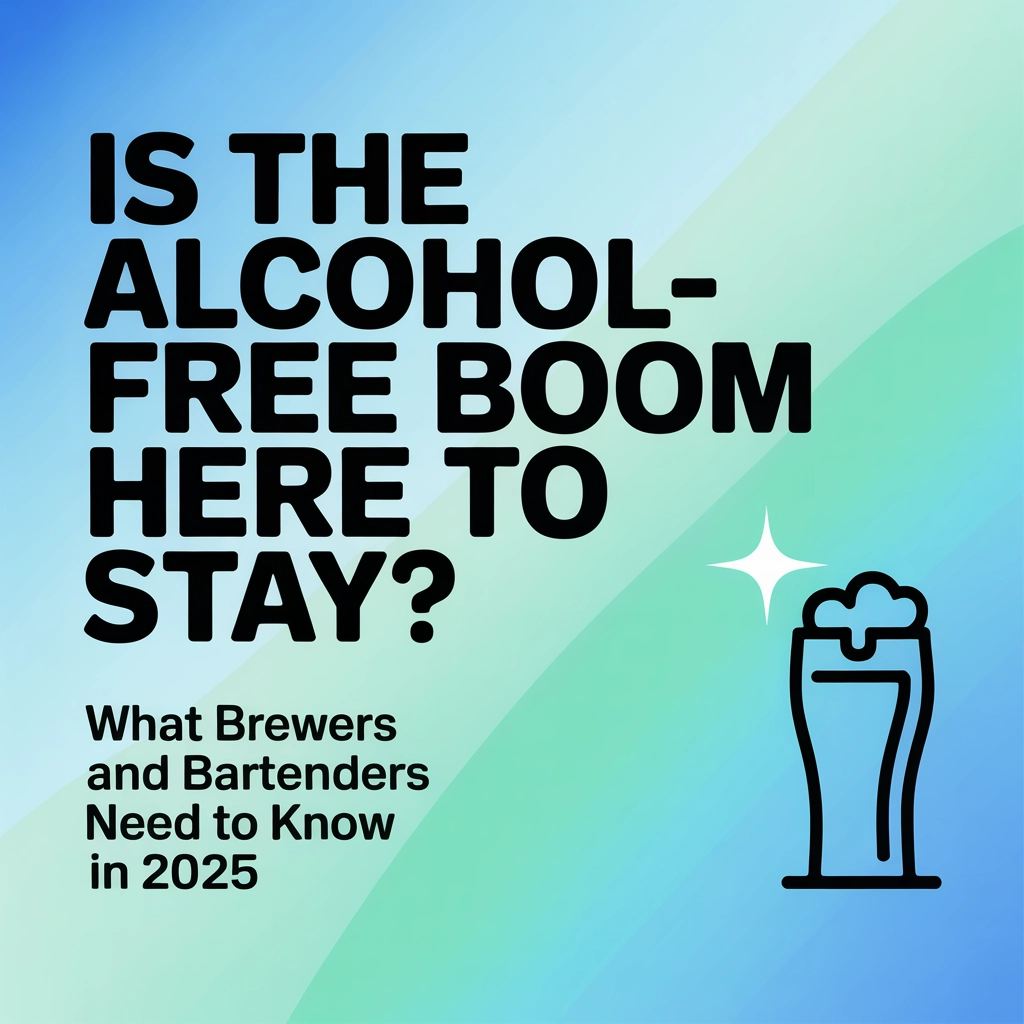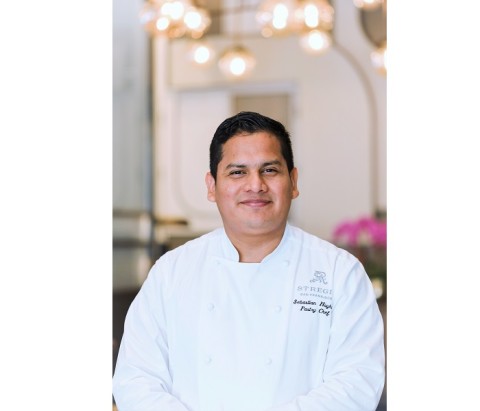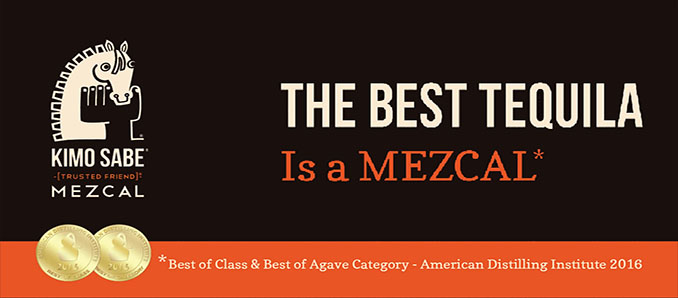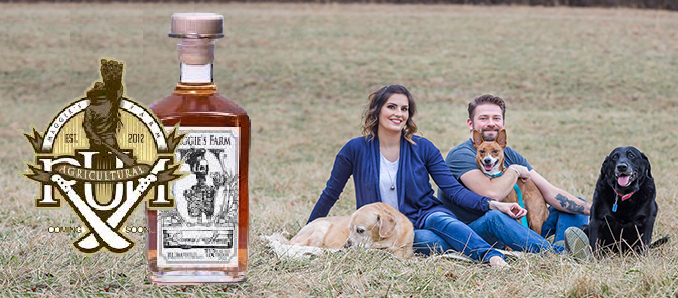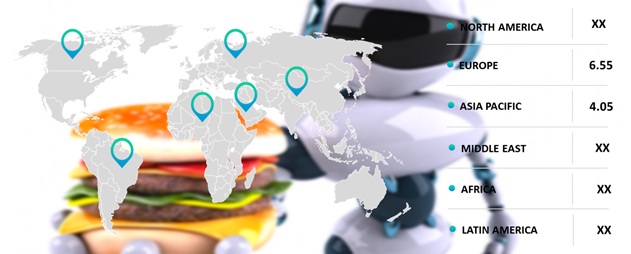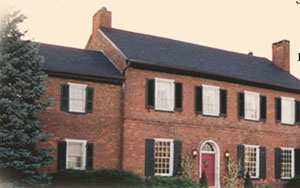The Sober Curious Revolution Is No Longer Just a Trend
Remember when mocktails were an afterthought—that lonely section at the bottom of the menu with three uninspired options? Those days are long gone. As we navigate through 2025, the alcohol-free beverage category has evolved from a niche market to a powerhouse segment that's reshaping how Americans drink.
But here's what industry professionals are asking: Is this just another fleeting consumer fad, or should brewers, distillers, and bartenders make permanent strategic shifts to accommodate these changing preferences?
The data speaks volumes. The non-alcohol beer market alone is projected to reach nearly $35 billion by 2032, growing at a compound annual growth rate of 7.3%. Behind these impressive numbers are fundamental shifts in consumer behavior that suggest this movement has staying power far beyond what many industry veterans anticipated.
Why Consumers Are Saying "Hold the Alcohol"
The alcohol-free revolution isn't being driven by a single demographic or trend—it's a perfect storm of evolving consumer values:
Health-Conscious Consumption Takes Center Stage
Today's consumers aren't just watching calories—they're scrutinizing ingredients, monitoring their mental health, and optimizing their sleep. A 2024 Nielsen survey found that 68% of non-alcoholic beverage consumers cite health benefits as their primary motivation.
"We're seeing consumers who want the ritual and social aspects of drinking without compromising their wellness goals," explains Dr. Emma Chen, nutrition expert and author of Mindful Consumption. "They're not necessarily abstaining completely—they're being more intentional about when and what they drink."
The Moderation Movement
Unlike previous generations who often fell into "all or nothing" drinking patterns, today's consumers are embracing moderation. The "sober curious" movement has normalized the idea that you don't need a specific reason to skip alcohol—it's simply a choice like any other dietary preference.
This shift is particularly evident among Millennials and Gen Z, who drink significantly less than previous generations. According to the 2025 Beverage Trend Report, nearly 40% of consumers under 35 regularly alternate between alcoholic and non-alcohol options during social occasions.
Quality and Variety Have Finally Arrived
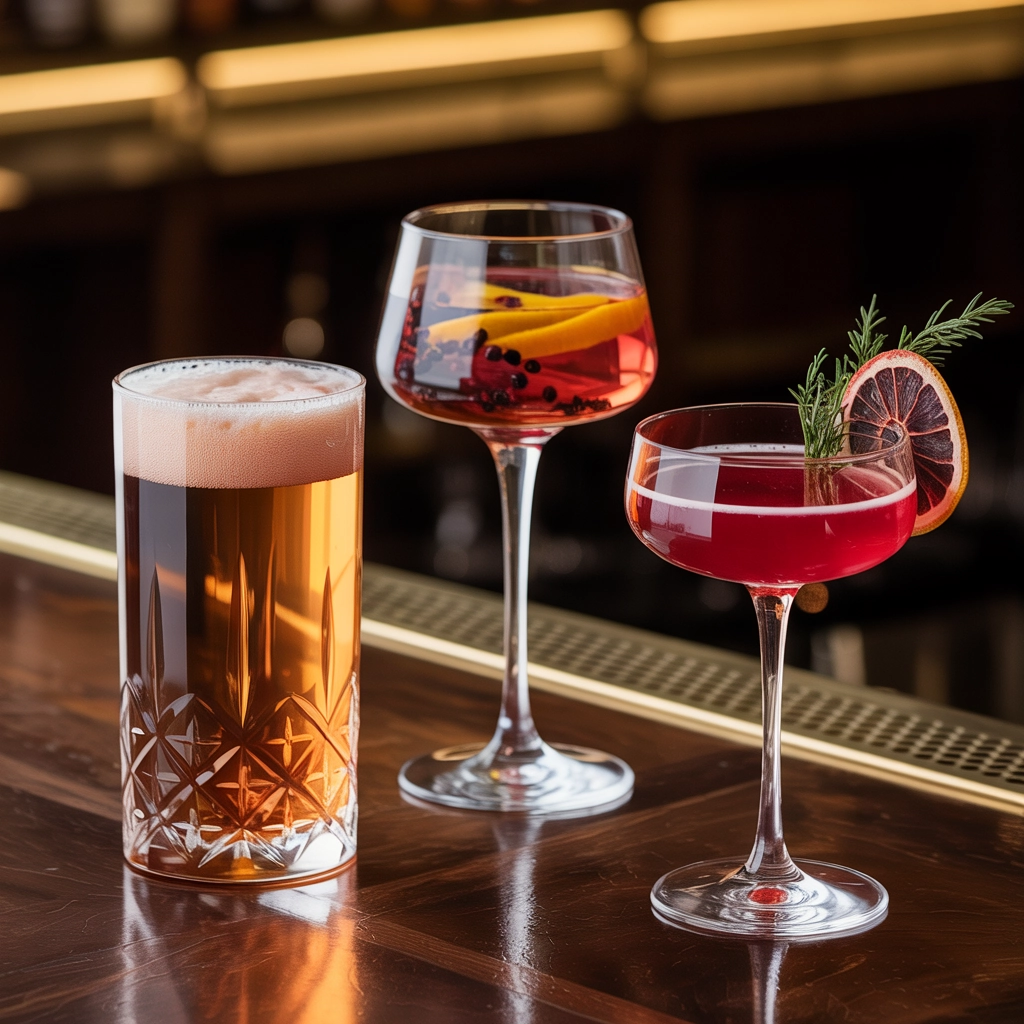
Perhaps most importantly, consumers finally have options that actually taste good. The early days of bland, watery non-alcoholic beers are history. Today's alcohol-free options utilize sophisticated production methods like vacuum distillation, arrested fermentation, and innovative botanical blends to create complex flavor profiles that rival their alcoholic counterparts.
The Proof Awards Validate the Alcohol-Free Surge
The explosion in quality and innovation hasn't gone unnoticed by industry experts. The Proof Awards, North America's largest beverage awards program, has seen dramatic growth in their non-alcoholic categories.
"Five years ago, our non-alcoholic categories received fewer than 50 entries combined," notes Michele Tell, co-founder of the Proof Awards. "In 2025, we've seen over 600 entries across our expanded non-alcoholic categories, making it one of our most competitive segments."
This surge in entries reflects both the quality improvements and sheer volume of new products entering the market. The Proof Awards, which evaluates thousands of beverages annually across all categories, has become a critical benchmark for excellence in the non-alcohol space, with winners seeing significant sales boosts following recognition.
What Brewers Need to Know in 2025
For brewers specifically, adapting to this market shift requires more than just adding a token non-alcoholic option to the lineup:
Production Methods Matter
Consumers in 2025 expect non-alcohol beers that deliver authentic flavor profiles. Methods like vacuum distillation preserve aromatics while removing alcohol, while restricted fermentation provides greater control over alcohol development. These technical approaches require investment but deliver superior results compared to simply diluting existing products.
Low-Carb, Gluten-Free, and Functional Options Lead the Way
The most successful non-alcohol beer brands in 2025 aren't just removing alcohol—they're adding benefits. Products featuring adaptogens, nootropics, and functional ingredients that promote relaxation or focus are seeing triple-digit growth. Additionally, low-carb and gluten-free options are outperforming the broader category by approximately 35%.
Craft Authenticity Remains Key
"The craft beer movement trained consumers to expect complexity and character," explains brewing consultant Jake Miller. "The same applies to non-alcohol options. Successful brewers are creating alcohol-free products with the same attention to detail and creativity as their flagship offerings."
This approach is particularly evident in the booming craft non-alcoholic IPA segment, where brands are showcasing hop varieties and brewing techniques previously reserved for traditional craft beers.
What Bartenders Need to Know in 2025
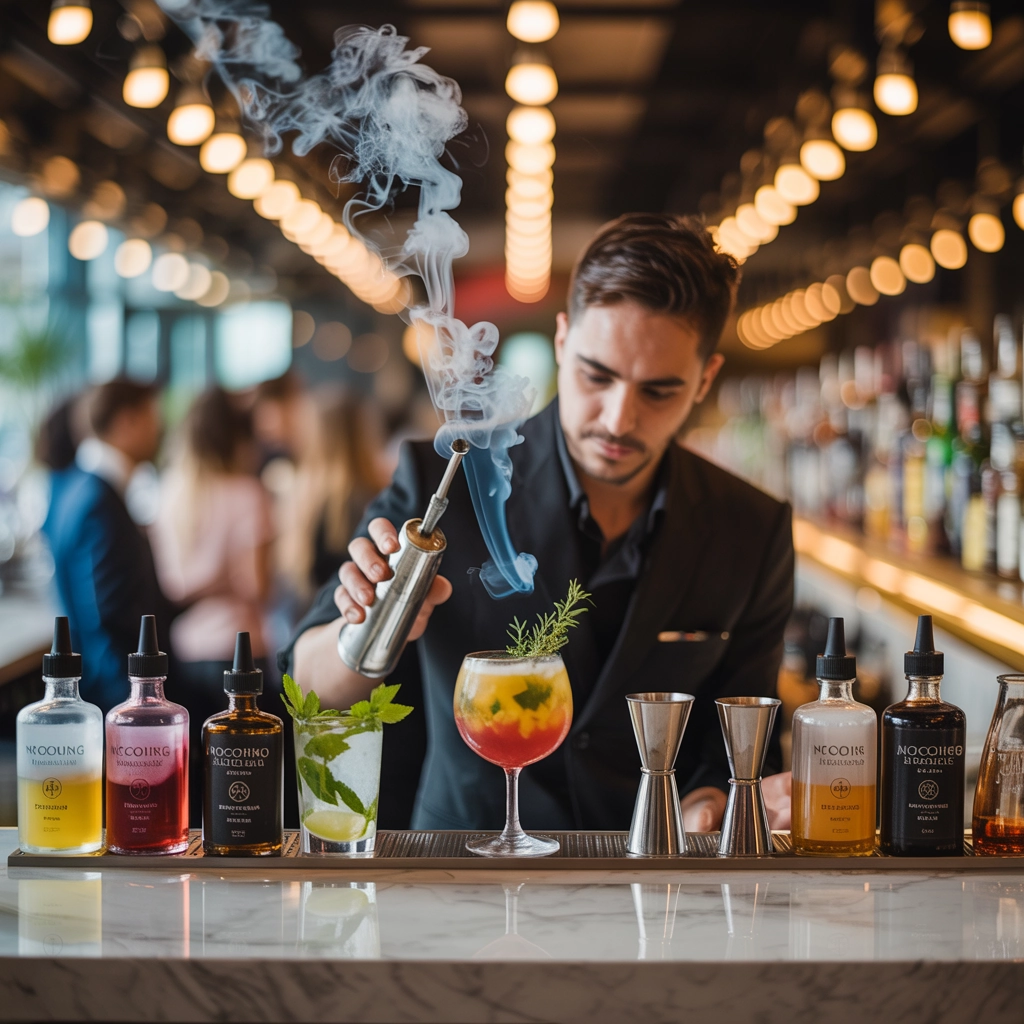
The evolution extends well beyond beer. For bartenders and beverage program directors, the non-alcohol revolution presents both challenges and opportunities:
Beyond Simple Syrup: The Age of Complex Zero-Proof Cocktails
Leading bars across North America now dedicate 25-30% of their menus to non-alcohol options—and these aren't simple fruit juices with soda water. Today's successful alcohol-free cocktail programs feature house-made bitters alternatives, fermented bases, distilled botanicals, and sophisticated layering techniques.
"The best non-alcohol cocktails aren't trying to mimic classics anymore," notes renowned mixologist Sophia Rodriguez. "They're standing on their own as unique creations that happen to be alcohol-free."
Pricing Strategy Remains Crucial
One persistent challenge for beverage programs is pricing. While production costs for quality non-alcoholic options often approach or exceed alcohol counterparts (specialty ingredients and labor-intensive processes aren't cheap), consumer price expectations remain lower.
Successful bars have addressed this through creative menu design, strategic bundling, and education about the craft behind these beverages. The most forward-thinking establishments charge comparable prices to alcoholic options and focus on communicating value rather than competing on price.
Staff Training Is Non-Negotiable
With consumers becoming increasingly knowledgeable, staff training on non-alcohol options is essential. The days of bartenders reacting awkwardly to non-alcohol requests are over. Today's professionals need to speak confidently about production methods, flavor profiles, and pairing suggestions.
"We test our staff on non-alcohol options as rigorously as we do on spirits," explains Beverly Kim, beverage director at The Alchemist in Chicago. "The consumer expectation is that our team can guide them through these choices with the same expertise as traditional cocktails."
The Asian-Pacific Influence
While North America has seen tremendous growth in this category, the Asia-Pacific region is actually leading global consumption of non-alcoholic beverages and influencing future trends. Markets like Japan, South Korea, and Singapore are pioneering innovative approaches to zero-proof options that often incorporate traditional ingredients and cultural drinking rituals.
"The influence of Asian beverage traditions on North American non-alcoholic options is unmistakable," notes food trend analyst James Chen. "From ceremonial tea inspirations to fermentation techniques borrowed from traditional Asian beverages, we're seeing a fascinating cultural exchange that's elevating the entire category."
Retail and E-Commerce Expansion
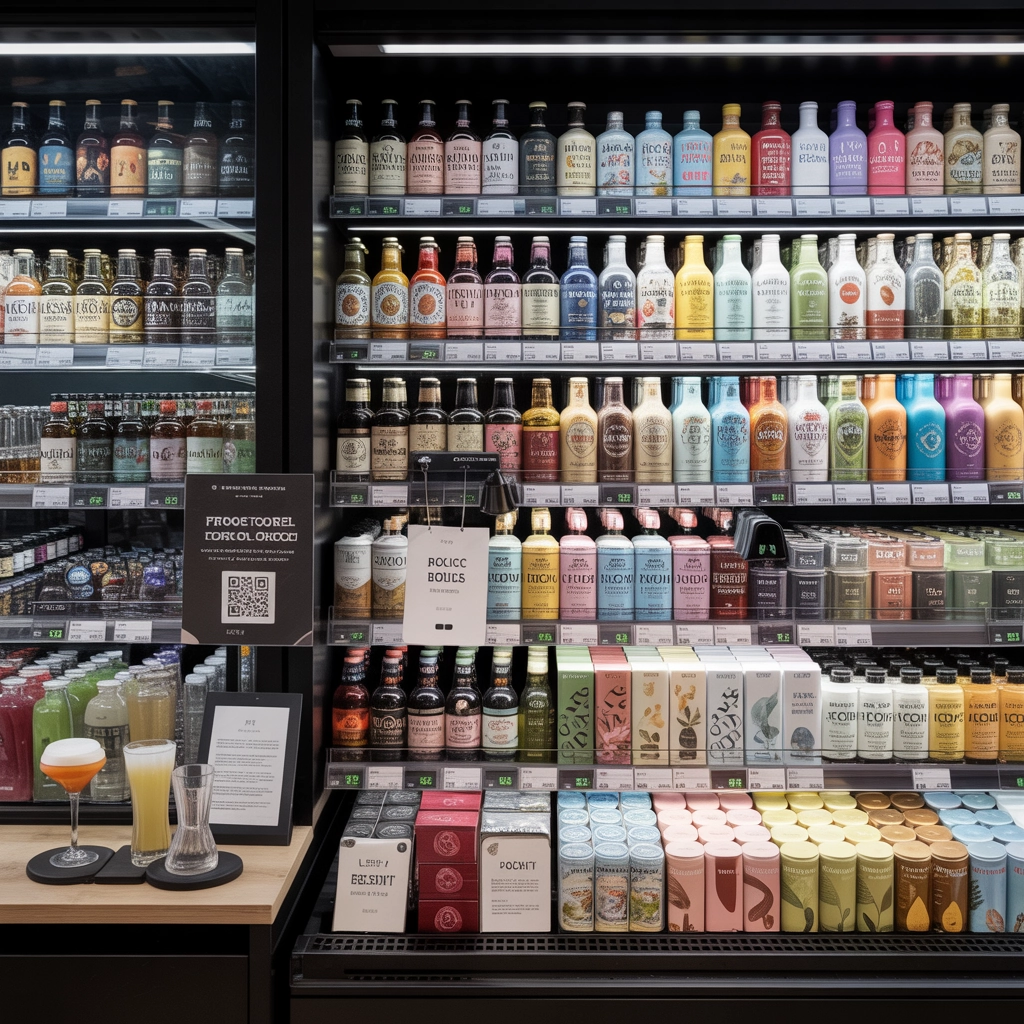
Beyond on-premise consumption, the retail landscape for non-alcohol options has undergone a dramatic transformation. What was once relegated to a small section in specialty stores now commands premium shelf space in mainstream retailers.
E-commerce has been particularly instrumental in the category's growth, with direct-to-consumer non-alcoholic brands seeing 215% year-over-year growth in 2024. Online platforms have allowed these brands to build communities, educate consumers, and gather valuable feedback that informs product development.
The Future Outlook: Sustainability Takes Center Stage
As the non-alcohol category matures, sustainability is becoming the next frontier. Leading brands are incorporating regenerative agriculture practices, water conservation techniques, and carbon-neutral production methods.
"The non-alcohol consumer typically has higher expectations around sustainability," explains environmental consultant Dr. Maya Johnson. "These brands can't rely on the intoxicating effects of alcohol to mask cut corners—they're being judged purely on taste, ethics, and environmental impact."
This trend is pushing innovation throughout the beverage industry, with production methods from the non-alcoholic space increasingly being adopted in traditional alcohol beverage production.
The Bottom Line for Industry Professionals
For brewers, bartenders, and beverage professionals, the message is clear: the alcohol-free boom isn't just here to stay—it's reshaping consumer expectations across all beverage categories.
The most successful industry players will be those who view non-alcohol options not as a necessary evil but as an opportunity for creativity, brand differentiation, and capturing a growing market segment. Companies that invest in quality ingredients, innovative production methods, and staff education will find themselves well-positioned as this movement continues to gain momentum.
As the Proof Awards' expanding non-alcohol categories demonstrate, we're witnessing a renaissance in beverage innovation that's driving the entire industry forward. Whether you're a craft brewery owner, a neighborhood bartender, or a beverage director for a national chain, embracing these changes isn't just good business—it's essential for staying relevant in a rapidly evolving landscape.
To learn more about the leading non-alcoholic brands recognized by industry experts, visit the Proof Awards website and explore this year's winners in the expanding alcohol-free categories.
Written by Michael Politz, Author of Guide to Restaurant Success: The Proven Process for Starting Any Restaurant Business From Scratch to Success (ISBN: 978-1-119-66896-1), Founder of Food & Beverage Magazine, the leading online magazine and resource in the industry. Designer of the Bluetooth logo and recognized in Entrepreneur Magazine's "Top 40 Under 40" for founding American Wholesale Floral. Politz is also a partner in numerous consumer brands across the food and beverage sector.



